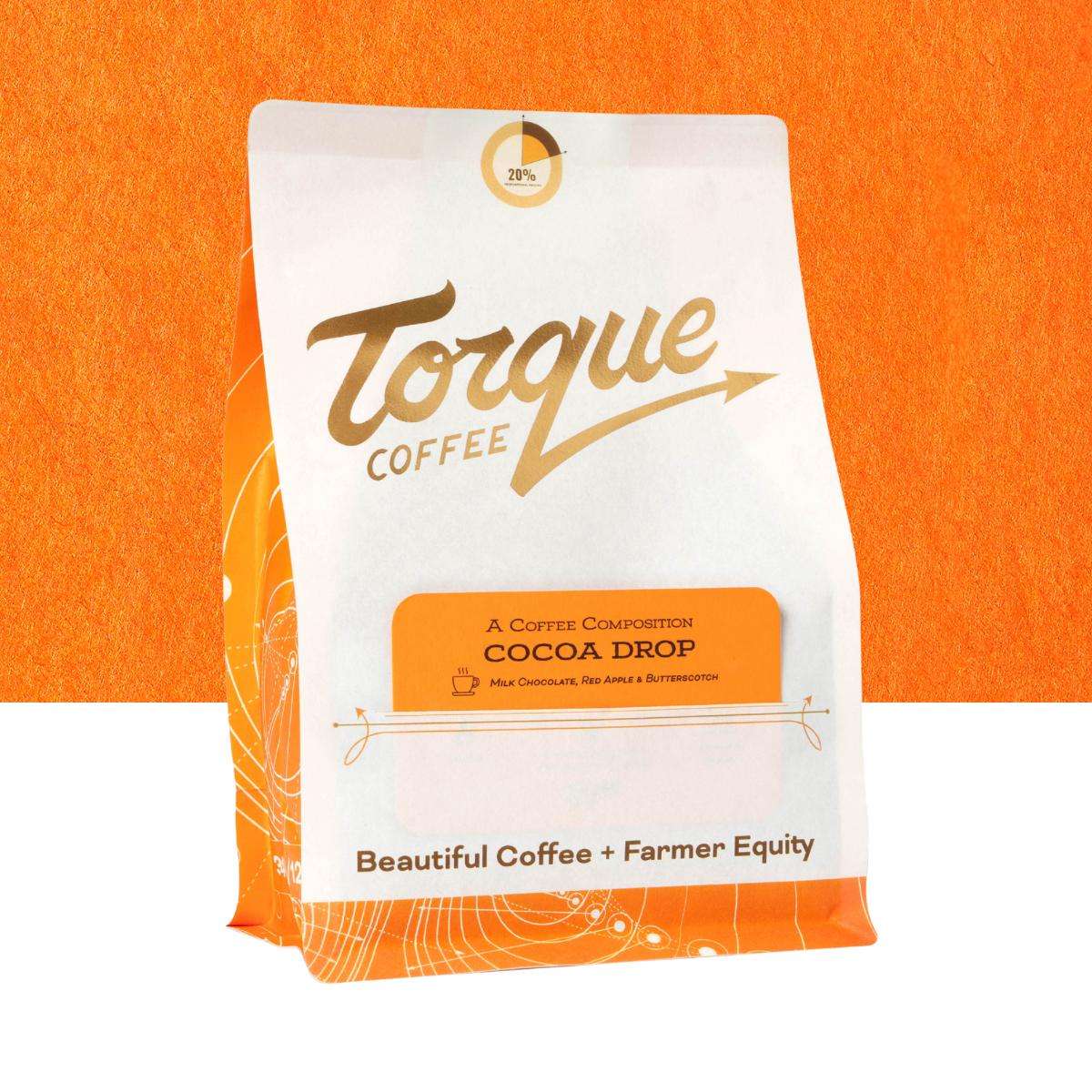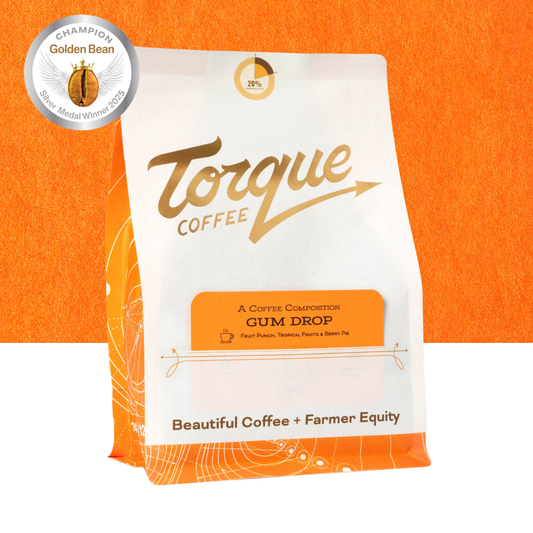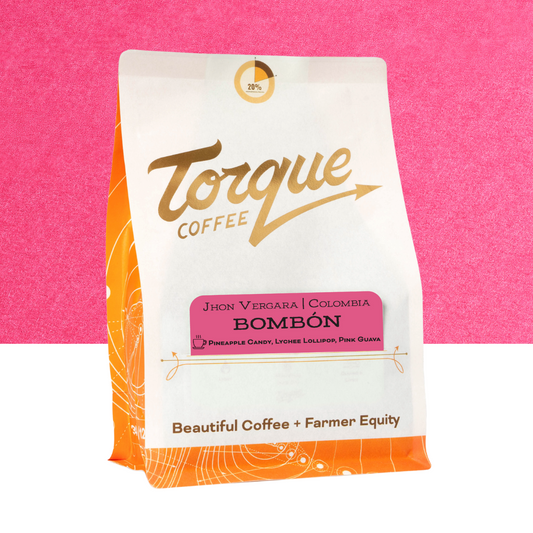
Coffee and Wine: two worlds of flavor, one sensory playground of delight
Imagine two orchestras: one rooted in the crop, roast, and brew of coffee; the other in vine, terroir, fermentation and aging of wine. Both aim to deliver a rich sensory experience — but the instruments, the score-sheet, and the acoustics differ. At the same time, they share many similarities: acidity, body, flavour intensity, aftertaste, terroir influence, complexity of aroma compounds and the joy of exploration.
Why compare them?
-
Both are grown agricultural products influenced by geography, variety, climate, processing, and human craft.
-
Both undergo chemical transformations (fermentation, roasting or oak aging, etc) that generate vast flavour-compound libraries.
-
Both are evaluated via sensory work: aroma, taste, body, finish/aftertaste, balance, defects.
-
Both use language like “bright”, “bold”, “lively”, “clean”, “depth”, “full-bodied”, “crisp”, etc — and we can map these between coffee and wine.
Numbers of flavour and aroma compounds: complexity in chemical terms
-
For coffee: the roasted bean is a chemical powerhouse. Studies indicate over 800 volatile compounds identified in coffee aroma alone. (Coffee and Health) Some sources go further, citing over 1000 compounds. (PMC)
-
For wine: while it’s also complex, many sources give more moderate figures. For example one review noted “wine has around 200 recognised flavour compounds” in certain analogies. (Wine Enthusiast) More rigorous analyses report “hundreds” of volatile compounds (esters, alcohols, terpenes, etc) identified in wine. (ScienceDirect)
-
What that means: Coffee arguably has more chemical building blocks for aroma/taste complexity, in part because of the roasting step which adds many Maillard-reaction and pyrolysis compounds. Wine’s chemistry centres more on fermentation, grape precursors, aging and so on.
-
The takeaway: While numbers aren’t everything (what matters is what your nose/tongue perceives), you can honestly say coffee offers an extremely broad palette.

Mapping the key sensory attributes: lively vs bright, syrupy vs bold
Here are a few examples of how similar sensory descriptors map between the two beverages, and how they manifest.
| Descriptor | In Coffee | In Wine |
|---|---|---|
| Lively (acidity & brightness) | A coffee described as “lively” often shows high-altitude origin, good acidity (not sour but bright), a clarity of flavour, and sometimes a clean, vibrant finish. For example, many washed East-African coffees: good brightness, crisp citric or floral notes. | In wine, “bright” or crisp acidity is a hallmark of freshness. Think a white wine with lively acidity, or a red with a lean, high acid backbone. The sensation is energetic on the palate; the flavour feels fresh, maybe tangy, uplifting. |
| Syrupy (body & fullness) | Coffee described as “syrupy” or “full-bodied” has a heavy mouthfeel, perhaps naturally processed beans with more fruit-flesh, or a roast profile that emphasises sweetness and viscosity. The sensory feel is thick, rich, lingering. | Wine described as “bold” or “big body” often means higher weight in the mouth, maybe higher alcohol, richer extract, deeper colour, more depth of flavour — e.g., a powerful red wine with dark fruit, cocoa, oak, tannin supporting structure. |
| Clean & elegant | In coffee craft language, “clean cup” means no defects, clarity of flavour, no muddiness, distinct origin character. The taste feels pure, well-balanced. | In wine, “elegant” means finesse rather than force: good acidity, fine tannin (if red), balanced structure, clarity of fruit and minimal heavy extraction or over-oaking. |
| Aftertaste / finish | In coffee cupping, the aftertaste is how the flavour lingers after the swallow — a positive lingering fruit, sweetness or complexity is desirable. | In wine, the finish or aftertaste is similarly critical: good wines leave a long pleasant finish, memorable flavour, evolving on the palate. |
| Terroir/varietal expression | Coffee origin (country, region, altitude, varietal, processing) has a big impact on flavour profile — for example floral Ethiopian, nutty Brazilian, fruity Colombian. | Wine has terroir, varietal, vintage, barrel/aging influence: for example Burgundy Pinot Noir, Napa Cabernet, Loire Sauvignon Blanc. |
Similarities in process & attribute generation
-
Origin/varietal and growth conditions
-
Coffee: Altitude, soil, climate, micro-lot matter. For example higher elevation beans often have more acidity and complexity. (Chronicle Coffee)
-
Wine: Vineyard site, climate, soil, grape variety, canopy management all influence flavour development.
-
-
Processing/post-harvest transformations
-
Coffee: Processing (washed vs natural vs honey), drying, storage, roasting all contribute to final flavour. Roasting in particular triggers Maillard, caramelisation, Strecker degradation etc. (Chemical & Engineering News)
-
Wine: Harvest timing, fermentation (yeast strains, temperature), maceration, aging (oak, bunghole, bottle) also shape flavour.
-
-
Chemical complexity and sensory evaluation
-
Both beverages rely on volatile and non-volatile compounds (acids, sugars, phenolics, esters, alcohols, pyrazines, thiols etc) that influence flavour, aroma, body, mouthfeel.
-
Both are cupped/tasted by trained panels, use flavour wheels, and descriptive sensory language.
-
-
Attributes such as acidity, body, balance, aftertaste are key in both domains — making the comparison credible.
Key differences to highlight
While there are many similarities, it’s also important to emphasise where coffee and wine diverge.
-
Alcohol vs no-alcohol context: Wine’s body, mouthfeel, finish are often influenced by alcohol percentage, tannins (for reds), oak aging, barrel extraction. Coffee lacks ethanol as a primary component, although caffeine, lipids, compounds affect mouthfeel.
-
Roasting vs aging: Coffee’s flavour complexity owes much to roasting (a high-heat chemical event) and post harvest processing (a slow biological and chemical event) whereas wine’s complexity more often comes from fermentation/aging (a slower biological & chemical event). The roasting step introduces pyrolysis and Maillard reaction compounds absent in wine in that form.
-
Tannins & oak in wine: Wine, especially reds, frequently have tannins (phenolic compounds) and barrel-derived wood compounds (lactones, vanillin, etc) which interact with the wine matrix. Coffee has little if any oak-barrel effect and its “tannin” equivalent is different (acid/bitterness/mouthfeel from fibre, lipids, extraction).
-
Serving/consumption context: Wine is often consumed in smaller quantities, paired with food, aged and sold in vintages. Specialty coffee has a different consumption model: brew-to-serve, freshness matters, roast date is critical, prepared quickly.
-
Ageing potential: Many high-end wines improve (or at least change) with bottle-age; coffee has a much shorter shelf life for peak flavour.
-
Flavour compound context: While coffee has more compounds overall, wine flavour is often dominated by fewer highly active compounds in a given sample (and by synergistic effects) whereas coffee’s many compounds come from green bean precursors + roasting. For example: roasted coffee has “approximately 850 volatile compounds” identified. (Coffee and Health) Meanwhile some wine aroma studies identify dozens to hundreds of volatiles but not always thousands. (ScienceDirect)
-
Terminology and consumer perception: Wine tasting language is more established (vineyard, vintage, terroir, tannin) whereas specialty coffee tasting is younger and sometimes more experimental (natural process, fermentation notes, varietal lots).
A Quick Guide To Matching coffee attributes to wine attributes and vice-versa:
| Coffee Term | What it means in coffee | Wine Equivalent Term | What a customer might recognise |
|---|---|---|---|
| Lively(acidity/brightness) | Bright acidity, clear flavour, high-altitude origin | Bright / crisp acidity | “This coffee pops on the tongue the way a crisp Sauvignon Blanc does.” |
| Syrupy(body/fullness) | Rich mouthfeel, viscous texture, heavy sweetness | Bold / big body / full-bodied | “Like a big Napa Cabernet with weight and depth — this coffee fills the mouth.” |
| Clean cup / elegant | No defects, clarity, refined flavour | Elegant / refined / finesse | “This is like a delicate Burgundy: subtle, complex, elegant, not over the top.” |
| Aftertaste / long finish | The lingering flavour after swallow | Long finish / persistent | “That cherry chocolate note holds on like a long-finish red wine.” |
| Origin character / terroir effect | Flavours tied to region, variety, process | Terroir / varietal expression | “Just like you recognise Pinot Noir from Burgundy vs Oregon — you can sense origin in this coffee.” |
| Balance | All elements (acidity, body, flavour, aftertaste) in harmony | Balance / harmony | “As much as any elegant wine achieves balance between fruit, acid, oak, tannin — this coffee balances its roast, sweetness and acidity.” |
Bringing it all together
In the end, specialty coffee and high-end wine share far more in common than many casual drinkers realise. Both are sensory-rich, terroir-influenced, chemically complex, and worthy of mindful tasting. But they also differ in key ways: the role of roasting vs aging, the presence/impact of alcohol/tannins, the mouthfeel drivers, and the way we approach consumption and story.
We are excited to bridge these two worlds with our Bean & Bottle Society and Wine Program.






